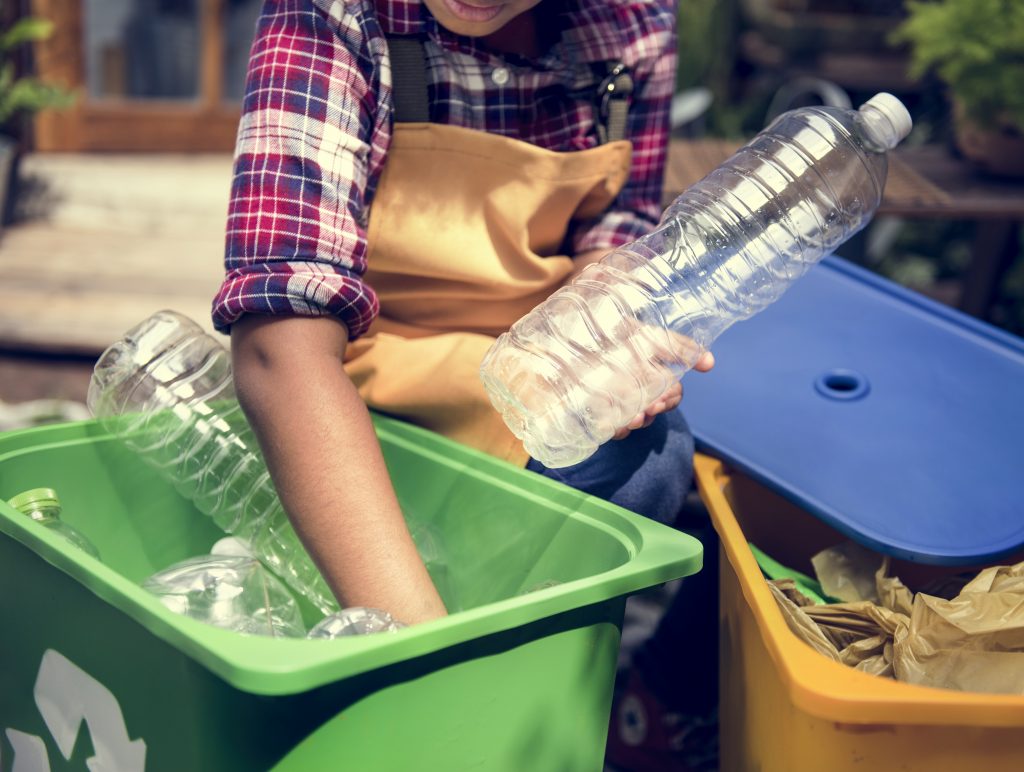Believe it or not, until recently the United States—and a handful of other countries—were shipping a large portion of their recycling off to China. As of January 1, though, China stopped accepting foreign trash, ushering in what some are calling “a new era of recycling.”
China claimed that so much of the recycling they received was improperly sorted and cleaned that it was no longer worth the time or money spent sifting through it. The announcement was a wakeup call for many. In response, the European Union is looking to clean up its act and reimagine its waste stream. All of its member countries are calling for packaging to be 100 percent reusable or recyclable by 2030, and some are setting sights even higher. The city of Brussels, for instance, plans to spend €100 million on plastics recycling and clean-up research and set restrictions on the production of single-use throwaway items like plastic bags.
In the United States, where we once shipped 4,000 shipping containers full of our trash overseas daily (around $5.6 billion of exported scrap every year), response has been less sweeping. While some recycling facilities are working to develop new technologies to sift through waste (recycling robots, anyone?), others have given up. In Oregon, a dozen recyclers have gotten the green light from the Department of Environmental Quality to trash recyclables, Fast Company reports.
Around the world, trash exporters are also looking into different markets to sell to, like India, Vietnam, and Thailand. But this doesn’t address the underlying problem at hand: tainted recyclables. Here are some of the best tips we’ve heard over the years to help you become a more effective recycler:

